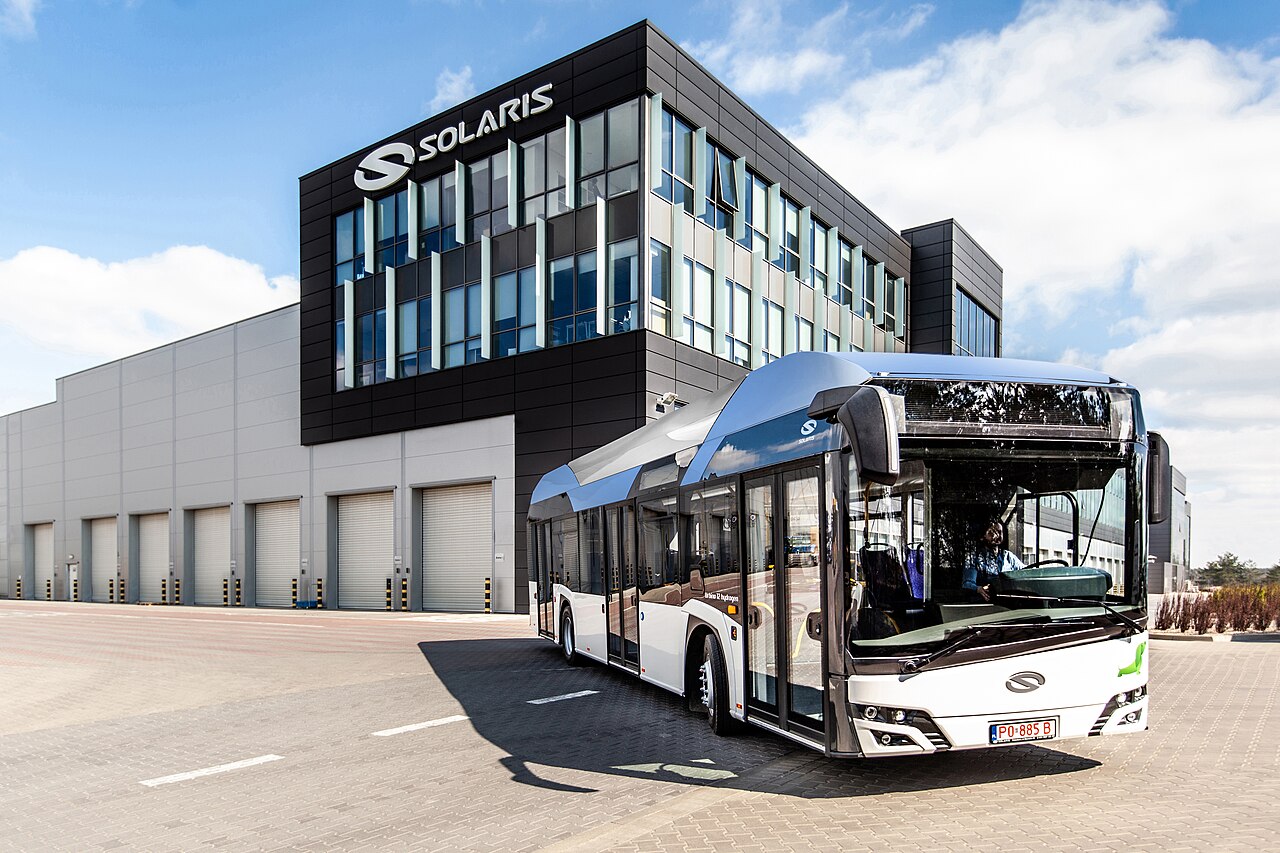In the world of renewable energy, hydrogen is seen as a nearly infinite resource. It can be generated by splitting water molecules into hydrogen and oxygen using electricty; the hydrogen can then be used as fuel to generate power, where it is oxidized to water again. Hydrogen is being seen as a renewble resource for industries like steel, cement, chemicals, shipping and aviation which are hard to electrify and currently depend on burning fossil fuels.
The source of electricty to split water is important as follows:
| Green Hydrogen | Electricity from renewable sources such as solar and wind. |
| Grey Hydrogen | Electricity from fossil fuels such as coal, petroleum or natural gas. |
| Blue Hydrogen | Electricity from mixed sources. |
Scope in India
While green hydrogen is an international buzzword in the world of clean energy, India has taken an early lead. Positioning itself at the forefront of the green hydrogen revolution, India launched the National Green Hydrogen Mission (NGHM) in 2023. With this, the Union government aims to achieve an ambitious target of 5 million metric tons of green hydrogen per annum by 2030. With a budget outlay of ₹19,744 crore, the mission's aims include:
- Supporting pilot research & development projects
- Strategic interventions in energy policy
- Creating incentives across the hydrogen value chain.
A joint FICCI-EY India study estimates that India could attract as much as ₹8 lakh crore in green energy investments. The same study forecasts that green hydrogen production cost in India could fall to ₹260-310 per kg by 2030, through economies of scale, aided by declining cost of renewable power globally.
Importantly, state governments are playing a vital role by offering incentives tailored to their industrial strengths. States such as Gujarat, Maharashtra, Andhra Pradesh, Odisha, Rajasthan, and Uttar Pradesh are driving state hydrogen policies by offering
- Waivers on power
- Exemptions on land use
- Subsidies on capital expenditures
- Preferential policy treatment
Notable Developments
- Andhra Pradesh recently signed a MoU with German partners to build a green hydrogen-based ammonia export facility with a ~$1.3 billion investment by 2029.
- BPCL has entered a joint venture with Singapore’s Sembcorp to build hydrogen and renewable energy projects across India.
- L&T Energy Green Tech secured a 10,000 tpa green hydrogen plant contract at IOCL’s Panipat refinery in Haryana.
- The same company also secured transmission projects in Gujarat to support hydrogen-cum-ammonia plants.
- Pilot projects, such as one at VOC Port, Tuticorin, are producing hydrogen to power streetlights and EV charging, marking tangible steps in deployment.
- India's first 1,200 HP hydrogen train is undergoing trials after the successful development of a prototype at Chennai's Integral Coach Factory (ICF).
Benefits
| Deep decarbonisation | Green hydrogen (or derivatives) can act as substitutes to for fossil fuels to reduce emissions. |
| Energy Storage | Green hydrogen can serve as a long-term storage medium, addressing issues where renewable systems can be down, e.g. solar parks fail in cloudy weather. |
| Export Potential | Countries with cheap renewable sources like India can become net exporters of hydrogen and/or ammonia to net importers like the EU, or Japan. |
| Reduced Import Bill | India is currently a huge importer of fossil fuels which are a drain on its forex reserves; green hydrogen in our land of plentiful wind and sunlight offers energy security. |
| Job Creation | The end-to-end value chain (electrolyzers, storage, logistics) will spur employment in R&D, manufacturing, logistics and allied sectors, creating up to 500,000 jobs. |
Challenges
| High Cost | Green hydrogen is still expensive relative to grey/blue forms, since renewable power costs are still high. |
| Storage and Transport |
|
| Inefficienct Fuel Source |
|
| Delays and Cancellations | There is a vast gap in the number and capacity of projects announced and eventual built capacity, due to challenges in vability and financing. |
| Cost and Availability of Renewable Power | Green hydrogen as a policy can succeed when renewable electricity is both cheap and reliable, else its cost compared to fossil fuels remains high. |
| Policy and Regulatory Challenges | The success of (relatively expensive) green hydrogen depends on
|
| Competition from Alternatives | Other decarbonisation strategies like batteries, electrification, or carbon capture may outpace green hydrogen. |
Keywords: green hydrogen India, National Green Hydrogen Mission, green hydrogen investments, electrolyser manufacturing India, hydrogen export India, green hydrogen challenges, decarbonisation India, hydrogen infrastructure, renewable hydrogen cost, state hydrogen policies








